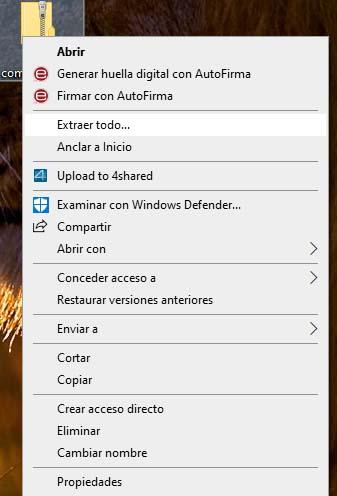

Enable Long Paths in Windows 10, Version 1607, and Later

It is possible to create a path with the Windows API that the shell user interface is not able to interpret properly. The shell and the file system have different requirements. When using an API to create a directory, the specified path cannot be so long that you cannot append an 8.3 file name (that is, the directory name cannot exceed MAX_PATH minus 12). Any normalization that your application requires should be performed with this in mind, external of any calls to related Windows file I/O API functions. There is no need to perform any Unicode normalization on path and file name strings for use by the Windows file I/O API functions because the file system treats path and file names as an opaque sequence of WCHARs. Because you cannot use the "\\?\" prefix with a relative path, relative paths are always limited to a total of MAX_PATH characters. They indicate that the path should be passed to the system with minimal modification, which means that you cannot use forward slashes to represent path separators, or a period to represent the current directory, or double dots to represent the parent directory. These prefixes are not used as part of the path itself. For example, "\\?\UNC\server\share", where "server" is the name of the computer and "share" is the name of the shared folder. To specify such a path using UNC, use the "\\?\UNC\" prefix. The "\\?\" prefix can also be used with paths constructed according to the universal naming convention (UNC). The maximum path of 32,767 characters is approximate, because the "\\?\" prefix may be expanded to a longer string by the system at run time, and this expansion applies to the total length.


 0 kommentar(er)
0 kommentar(er)
